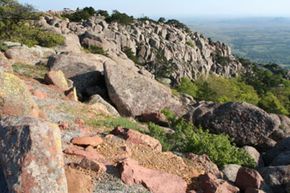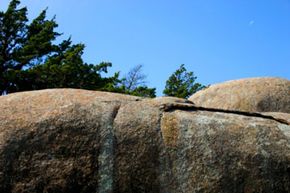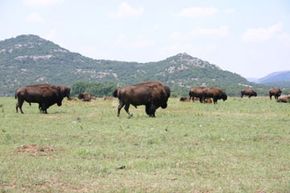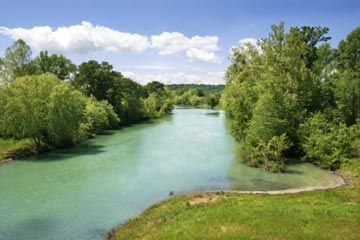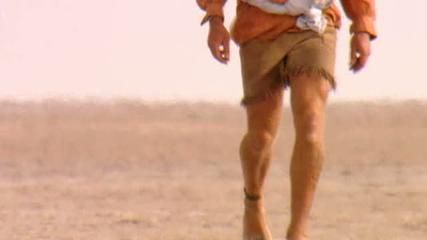In southwestern Oklahoma, the rolling plains are interrupted by a ragged collection of granite outcrops and low, weathered mountains. Known as the Wichita Mountains and named for the tribe that had inhabited the area for centuries, these ancient peaks protect a nearly pristine nature area dotted with lakes, home to bison and longhorn cattle, and the location of some of the best mountain climbing in the U.S.
The history of the Wichita Mountains begins about 500 million years ago [source: U.S. Fish & Wildlife Service]. Extensive volcanic activity formed the dense rocks that make up much the area, including granite, rhyolite and gabbro. Geologic uplift formed the mountains themselves (which are old even for mountains), and hundreds of millions of years of weathering has not only worn them down but filled in the areas in between, making today's Wichita Mountains seem small compared to other mountain ranges (but positively towering compared to the plains around them, of course). However, the spectacular granite formations make up for their lack of stature.
Advertisement
Today, the Wichita Mountains Wildlife Refuge is managed by the U.S. Fish and Wildlife Service. You can visit the refuge for free to hike some of the trails and take photos of the bison, longhorn, elk or prairie dogs. You can camp there for a modest fee. Considering what a unique and beautiful place it is, it's really easy to visit and enjoy. This article will explore the wildlife you might meet there, the recreational activities you could participate in, and the region's place in the history of mountain climbing.
